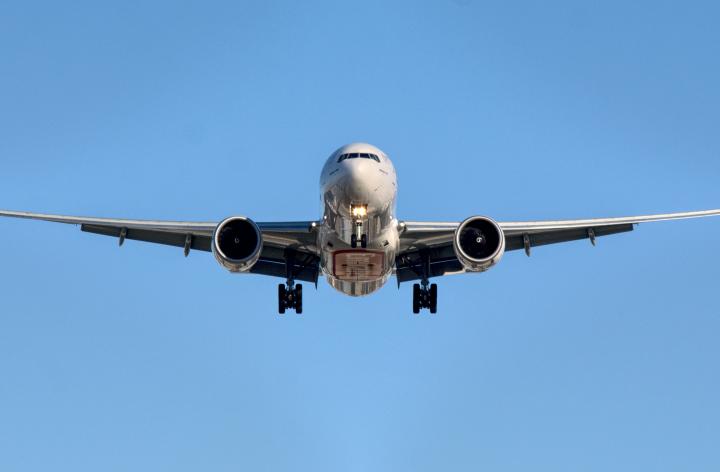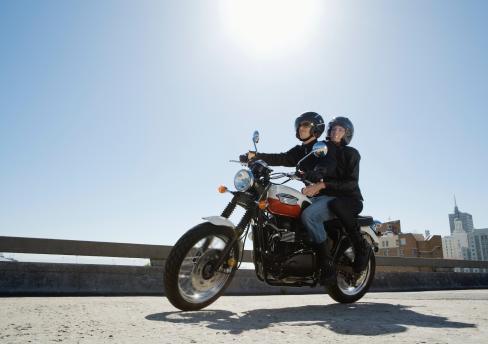
Travelling is stressful, particularly this year with baggage delays, flight delays, flight cancellations and staff shortages. For those with disabilities and mobility issues, it can be even more stressful given the additional reliance on airport staff to assist with navigating through the airport.

This was the case for Colin Mather, who raised an action in the Court of Session against EasyJet. The Court recently published their decision which confirms circumstances which may result in claimants being successful in claiming damages from airlines following an accident in an airport.
Mr Mather travelled from Edinburgh Airport to Hamburg Airport on 15 May 2017 on a flight operated by EasyJet. On arrival at Hamburg Airport Mr Mather, who is paraplegic, was assisted by an employee of DRK. DRK is a non-profit Red Cross organisation contracted by Hamburg Airport to assist passengers who require additional assistance. The employee helped Mr Mather into an airport wheelchair and pushed him onto the airbridge which led into the terminal building. Unfortunately, the "brisk" pace of the employee meant that when the wheelchair hit a raised edge, it caused Mr Mather to fall forward onto a marble floor inside the airport building, resulting in below knee fractures to both his legs.
Travel claims are often complex, involving various jurisdictions. In this case, the claimant raised an action in Scotland against EasyJet under the Montreal Convention 1999. This Convention governs airline liability for passengers, baggage and cargo on international flights. It is incorporated into UK law and also applies to domestic travel. Where an accident has taken place abroad, the Convention allows claimants to raise a court action in their local court, allowing the process to be more straight forward than if the action required to be raised in the country where the accident occurred.
Liability
The Convention sets out that the airline will be liable for "damages sustained in case of death or bodily injury of a passenger upon condition only that the accident which caused the death or injury took place on board the aircraft or in the course of any of the operations of embarking or disembarking".
(1) Accident
To confirm the extent of liability of the airline, it is necessary to review the case law of all countries who are signatories to the Convention, as there is supposed to be a uniformity in its application. Case law has confirmed the definition of "accident" is (1) an unusual and unexpected event (2) external to the passenger (3) outwith the usual, normal and expected operation of the aircraft.
A French case explored the meaning of 'an unusual and unexpected event' in a claim brought by a passenger on flight from Paris to Los Angeles. As the plane was landing, the passenger experienced pressure and pain in her left ear resulting in loss of hearing. The court held this was not caused by negligent maintenance and operation of the air pressure system and resulted from the normal operation of those systems.
Whilst this condition may have been unexpected by the passenger, it is not unusual for this to occur during air travel and the courts deemed this a risk of travelling which was insufficient to meet the definition of accident in terms of the Convention, and so she was unsuccessful in her claim. Any pre-existing medical condition or DVT would also not meet the definition of an accident as any injury must be external to the passenger as opposed to pre-existing, such as a heart attack during a normal flight.
Finally, the injury must be caused due to an event 'outwith the normal, usual and expected operation of the aircraft.' An example of this was the subject of a case in which the claimant was ultimately not successful in claiming compensation following an accident on an aircraft. The claimant slipped on a plastic strip embedded into the floor of the aircraft, which was covering the seating tracks, resulting in a knee injury. The court considered this was not unusual and something the passenger should have expected.
(2) Bodily Injury
Interestingly, the definition of bodily injury only extends to physical injury and not psychiatric injury, and case law confirms the psychiatric injury alone is not recoverable. There was a case brought against KLM 20 years following the sexual assault of a 15-year-old girl who was travelling unaccompanied on a flight from Kuala Lumpur to Amsterdam. She was assaulted by the man sitting next to her, leading to her suffering from a major depressive illness. However, whilst this incident fell within the definition of accident, the Court held that mental injury was not "bodily injury" and so the claim was unsuccessful.
In 2002, the House of Lords confirmed this position and held that damages were payable only for bodily injuries, and no damages required to be paid to compensate the PTSD which the claimant was suffering from. In that case, the claimant was in a helicopter which took off from a floating platform in the North Sea in poor weather. The helicopter's engines failed so it landed back on deck and was then engulfed in smoke, causing panic on board and the passengers feared they were about to crash into the sea. The claimant only recovered damages for peptic ulcer disease, brought on by stress and not the PTSD. It remains to be seen whether the courts would take the same approach today, 20 years on now that these types of claims are more valuable and medical evidence of the impact of such injuries is better understood and accepted.
Other examples of cases where claimants have previously been successful in recovering damages are following injuries caused during severe turbulence, burn injuries from spilt drinks, objects falling from overhead compartments, food poisoning, injuries caused due to tyre failure on take-off and injuries resulting from hijacking or terrorist attacks. Circumstances where claimants have previously been unsuccessful include slipping or tripping on another passenger's bag or simply on the floor of the aircraft, or those who suffer from a health condition whilst travelling on a normal flight, such as a heart attack or aggravation of a previous medical condition.
(3) Place of the Accident
The Mather case provides the most up to date guidance in terms of where the accident occurs. It is now clear that whilst you are under the control of the airline during the embarkation and disembarkation process, no matter who is providing the assistance, the airline will be liable.
Time Limit
One final point and very important point to always be aware of in these types of claim is that you need to raise a Court action within two years of the date of arrival at your destination or you will be unable to claim compensation. The usual limitation period in personal injury claims is three years, so this is a shorter time limit than usual.
Mr Mather was successful in his action against EasyJet. Ultimately, the Court considered his accident met the test as set out by the Convention in terms of the nature of the accident, the physical injuries he sustained and where the accident occurred. These are tricky claims to pursue as there are often laws of different jurisdictions involved.
The content of this webpage is for information only and is not intended to be construed as legal advice and should not be treated as a substitute for specific advice. Morton Fraser LLP accepts no responsibility for the content of any third party website to which this webpage refers. Morton Fraser LLP is authorised and regulated by the Financial Conduct Authority.









